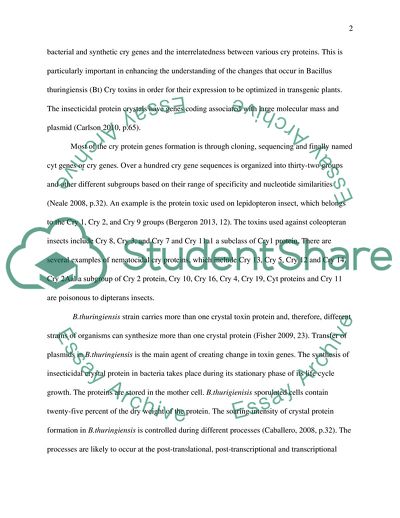Cite this document
(Bioinformatics of Bt Cry Toxins Lab Report Example | Topics and Well Written Essays - 1250 words, n.d.)
Bioinformatics of Bt Cry Toxins Lab Report Example | Topics and Well Written Essays - 1250 words. https://studentshare.org/biology/1809401-plant-biotechnology-level-7-biotechnology-computer-workshop-bioinformatics
Bioinformatics of Bt Cry Toxins Lab Report Example | Topics and Well Written Essays - 1250 words. https://studentshare.org/biology/1809401-plant-biotechnology-level-7-biotechnology-computer-workshop-bioinformatics
(Bioinformatics of Bt Cry Toxins Lab Report Example | Topics and Well Written Essays - 1250 Words)
Bioinformatics of Bt Cry Toxins Lab Report Example | Topics and Well Written Essays - 1250 Words. https://studentshare.org/biology/1809401-plant-biotechnology-level-7-biotechnology-computer-workshop-bioinformatics.
Bioinformatics of Bt Cry Toxins Lab Report Example | Topics and Well Written Essays - 1250 Words. https://studentshare.org/biology/1809401-plant-biotechnology-level-7-biotechnology-computer-workshop-bioinformatics.
“Bioinformatics of Bt Cry Toxins Lab Report Example | Topics and Well Written Essays - 1250 Words”. https://studentshare.org/biology/1809401-plant-biotechnology-level-7-biotechnology-computer-workshop-bioinformatics.


